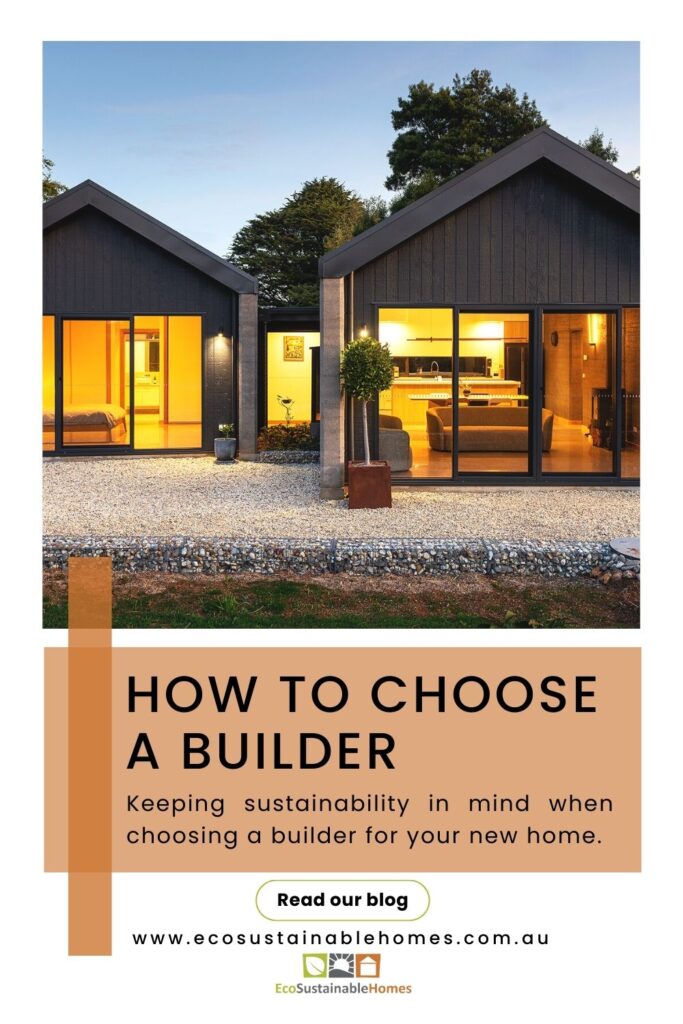Keeping sustainability in mind when choosing a builder for your new home.
Embarking on the journey to build your dream home can be both exciting and scary. Choosing the right builder for you is the most important decision you will make in this process. Throughout this blog, we’ll explore the pros and cons of each of the different builder options, and because we’re all about sustainability, we will also spotlight how this can be impacted with each option.
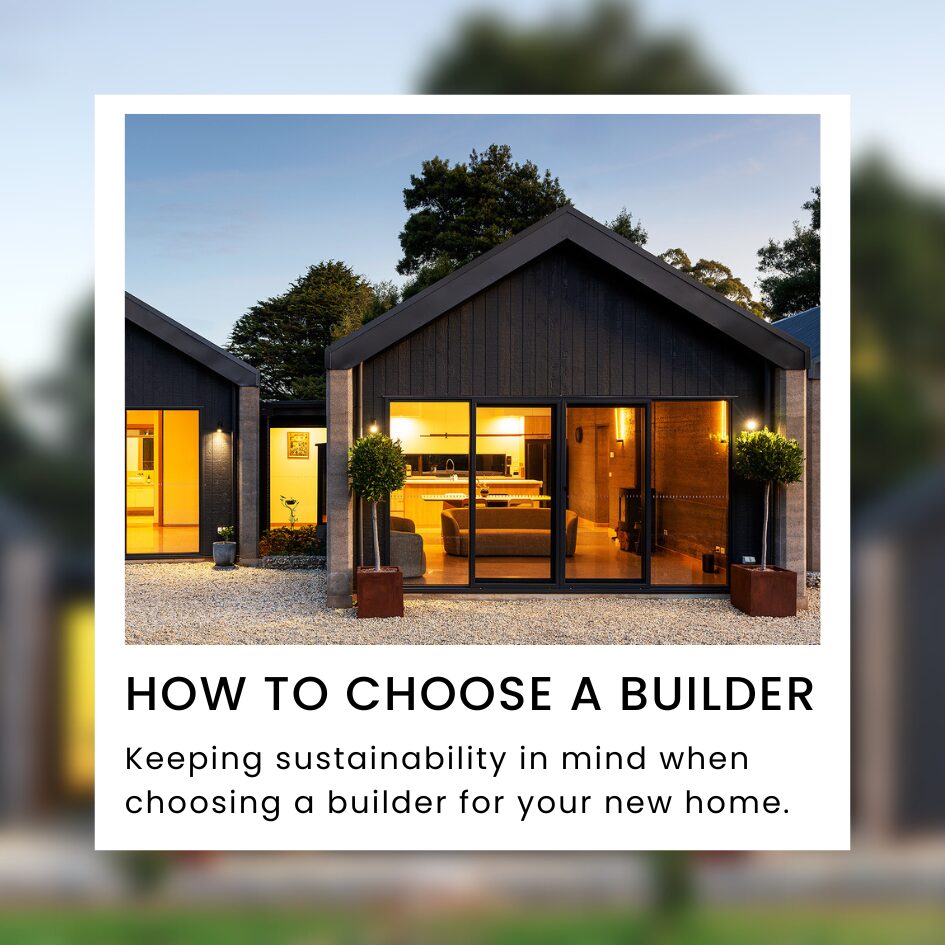
The first step most people take in their build process is buying land, (for more tips on what you should consider before buying land, click here to check out our previous blog post).
What happens next can vary greatly depending on what type of home you want. For some of you, the next step could be finding the right designer and beginning to work on concepts for your home, for others it may be deciding on a builder.
When it comes to choosing the right builder for you, there are three key steps:
- Identify Your Priorities: Start by outlining your priorities and what matters most to you in the home-building process. Consider factors like your budget, preferred location, desired style, size requirements, sustainability goals, build timeframes, and your level of customisation and involvement in the project.
- Choose the right type of Builder: Based on your priorities and the degree of customisation and involvement you desire, make a thoughtful decision on the type of builder that best suits your needs. Your choice should align with your vision for your new home.
- Do your Research: Take the time to research local builders in your desired area. Look into their experience, specialties, qualifications, and client reviews. This research will help you make an informed choice and set the foundation for a successful home-building journey.
Step 1: Identifying Your Priorities
Before you choose a builder, you need to understand what your priorities are. When you are clear on what is most important to you, some additional things to consider include:
- How important sustainability is to you and your builder
- The budget you have to spend on your home
- The size of house you are after
- What builders work in the area you are looking to build
- The level of involvement you want in the build process
- The level of quality and longevity you want in your new home
- Current availability and project timeframes
- Your interest in flexibility in choices and customisation of design
- Your style, taste, and preferences for your new home
- Interest in utilising alternative or specialty materials in the build
- How complex your site is, and your focus on working with (rather than against) the landscape
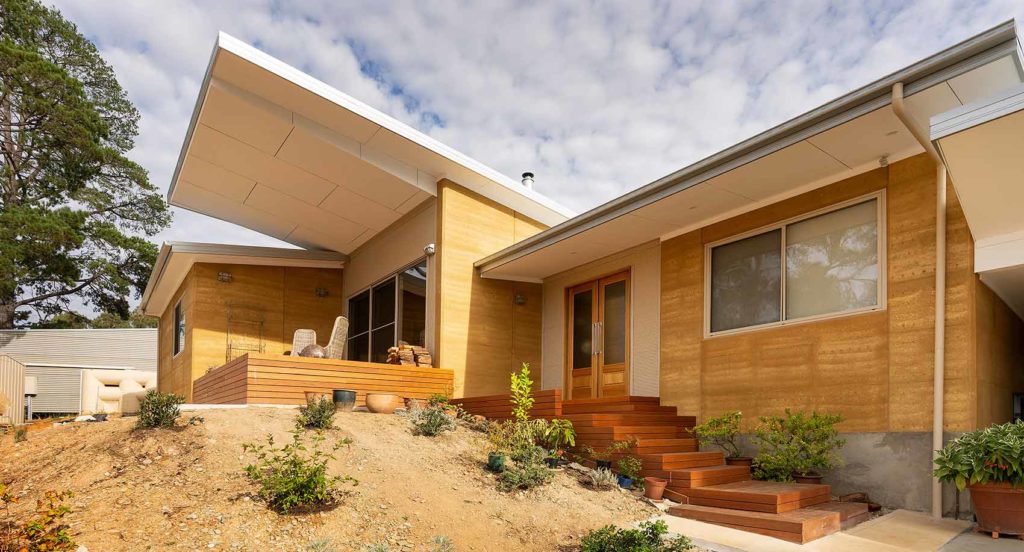
Step 2: Choosing the right type of builder
Based on your priorities, you can start to understand which type of builder best aligns with your vision. Whether you lean towards project builders for budget-friendly options, prefer kit homes for efficiency, contemplate becoming an owner-builder for hands-on involvement, explore custom design/builders for personalisation, or consider house and land packages for a simplified process, your choice should reflect your unique preferences.
Project Builders / Franchises
If budget constraints are a significant factor, project builders or franchises may align with your needs. These builders offer pre-costed, off-plan homes that are typically more budget-friendly. However, bear in mind that this choice might limit your control over the design and result in less flexibility in customisation.
While we are sure there must be some great franchises out there, many compromise quality to achieve a cheaper price. It’s also important to research thoroughly if sustainability is a priority for you. Many project builders do not include sufficient (if any!) eave overhang in their builds. Additionally, northerly orientation may be sacrificed to fit the pre-designed home onto the property. This severely impacts the solar passive performance of your home, even when insulation and double glazing are incorporated. These things (and many others) significantly impact the overall sustainability and ongoing comfort of your home. They increase your heating and cooling costs, and over time, this will increase how much you are paying for your home.
Kit Home / Prefab
Kit homes encompass a range of options, from budget-friendly to more upscale prefab choices. The time frame here is a notable advantage – you can commence the homebuilding process even before selecting a block of land. However, it’s crucial to be mindful that kit homes have a fixed design, which can restrict alterations and potentially limit your ability to incorporate some sustainable features. This being said, there are sustainable kit/prefab home options that you can seek out.
Prefab and kit homes also have the added benefit of reducing construction waste, which is fantastic. These are a great option if you are looking for less involvement and a quicker and simpler build process.
Owner Builder
If you possess the time, expertise, and a desire for hands-on involvement, the owner-builder route is worth considering. This approach can lead to cost savings on trades. However it comes with the responsibility of ensuring quality workmanship and adherence to sustainable practices. The hardest part of being an Owner Builder is not knowing what you don’t know. This can lead to making decisions that end up costing you more. For example, not understanding one of the many regulations in the building industry, and constructing something that is non-compliant that requires you to re-do the work or completely change something.
If you go down this route and have less experience, it’s key that you find great trades you can trust to give you advice and help you through the process. If you think this might be the right option for you, check out the Victorian Building Authorities website for more information.
Custom Builders
Custom builders offer the opportunity to bring your unique dream home to life. Collaborate with an architect or drafting practitioner to design a home that mirrors your vision. While this avenue grants maximum customisation, it’s important to acknowledge that it may also entail additional costs due to vague specifications. These extra costs can result from builders not costing in things that are required because they were not specified on the plan. The builder’s experience in the type of build you want, special considerations of your home (such as high BAL rating, or unique building materials like Rammed Earth) can majorly impact your building experience and the final cost of your home.
Researching your builder and having clear and open communication are key to the success of your custom build.
Custom Design and Builder
Working closely with a custom builder from the design phase to the completion of your home offers the best of both worlds.
Your budget is considered at every stage, and decisions are made in conjunction with your builder’s expertise in cost-effectiveness and quality. If you are wanting a specialist building medium and are able to find a builder that works with this (like we do with Rammed Earth), they will be more aware of all aspects that need to be considered and can advise you more accurately. This way, you will receive the benefit of their knowledge! Similarly, if sustainability is important to you, you can select a custom design and builder whose values align with yours.
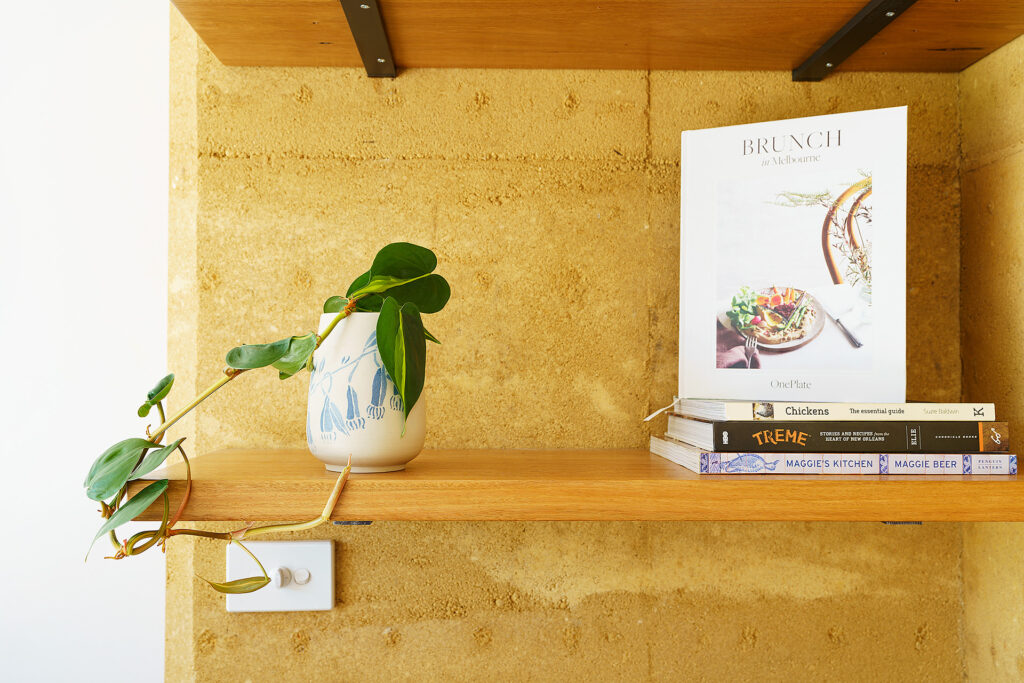
House and Land Packages
For those contemplating house and land packages, this option provides a convenient solution to simplify your home building journey. Some house and land packages may include eco-friendly and sustainable design features. If this is important, you can choose a package that specifies a builder whose values around sustainability and quality align with your priorities.
House and land packages streamline the home-building process. They typically include both the land purchase and the construction of the house, simplifying the overall transaction. This convenience can save you time and effort compared to buying land separately and then finding a builder.
If you think you might find it challenging to make numerous decisions during the home-building process, house and land packages offer a more straightforward path. With predefined designs and specifications, you have fewer decisions to make, which can reduce stress and uncertainty. The flip side of this is limited customisation options. This can be frustrating if you have specific preferences or unique requirements for your dream home. If you value full creative control over your home’s design and layout, a custom-built home may be a more suitable option.
If you think the house and land package option is right for you, It’s important to research and carefully consider the house and land package options available in your desired location. Evaluate the builder’s reputation, the design choices offered, and the inclusion of any additional features or upgrades. This will help you to make an informed decision that aligns with your budget, preferences, and lifestyle.
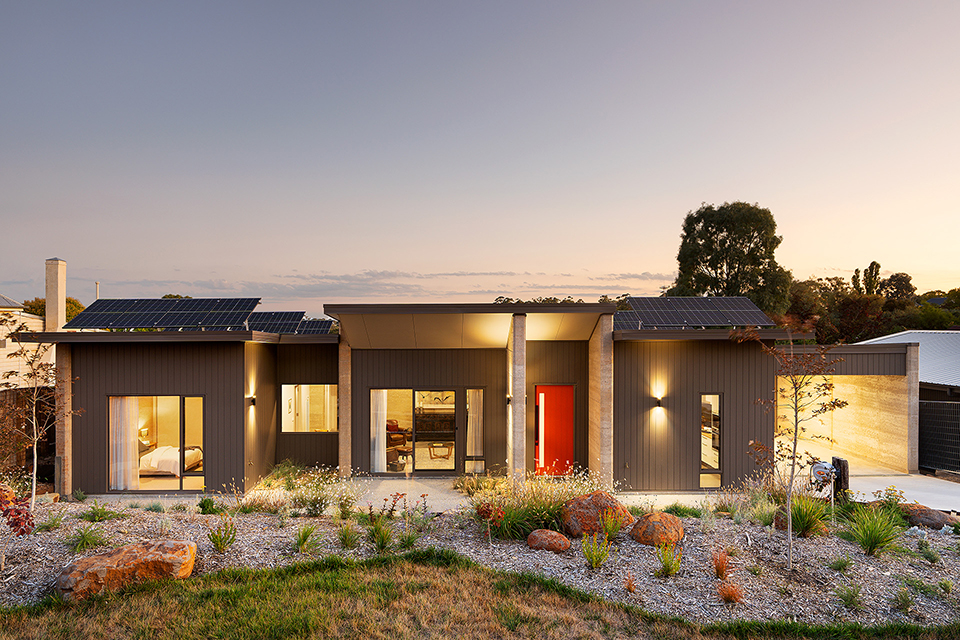
Summary of the Options
If you are not sure where to start, the table below summarises how each different builder option aligns with the priorities we have discussed. This table can help you to identify where to start looking for the right type of builder for your new home.
It’s important to note that the table illustrates the typical or most common characteristics associated with each type of builder. However, we want to make it clear that individual builders within each category may vary in their offerings and alignment with your priorities. For example, Sustainability ma be possible for many options, however it will be highly dependent on the individual builder you choose and their policies and practice. Choosing a kit or pre-fab home, owner building, selecting a custom builder or custom designer/builder will increase your likelihood of finding a sustainable option. However, there will always be exceptions to this. Some project builders may be sustainable, there are sustainable house and land package options and some custom home builders will not be.
Therefore, while the table provides a general overview, we strongly encourage you to conduct thorough research into potential builders to assess their suitability for your specific requirements.
Comparison of Different Types of Builders Based on Priorities
| Project Builders | Kit Homes & Prefab | Owner Builder | House and Land Packages | Custom Builders | Custom Design and Builder | |
| Budget Friendly | 🟢 | 🟢 | 🟡 | 🟡 | 🔴 | 🔴 |
| Quick Timeframe | 🟢 | 🟢 | 🟡 | 🟢 | 🟡 | 🟡 |
| Customisation | 🔴 | 🟡 | 🟢 | 🔴 | 🟢 | 🟢 |
| Involvement | 🔴 | 🟡 | 🟢 | 🔴 | 🟢 | 🟢 |
| Sustainability | 🔴 | ✳️ | ✳️ | ✳️ | ✳️ | ✳️ |
| Quality and Longevity | 🟡 | 🟡 | 🟡 | 🟡 | 🟢 | 🟢 |
🟢 (Green): Indicates that the priority is likely achievable with this type of builder.
🟡 (Yellow): Indicates that the priority is sometimes achievable, depending on the particular builder.
🔴 (Red): Indicates that the priority is less likely to be achievable with this type of builder.
✳️ (Star): Indicates that sustainability is more likely to be achievable with this type of builder.
Step 3: Do your Research
Researching before choosing your builder is of paramount importance. It’s a vital step in ensuring the success of your home-building project. In-depth research enables you to make informed decisions and avoid potential pitfalls. It allows you to assess a builder’s reputation, experience, and expertise, ensuring they align with your vision and values.
Gathering recommendations and testimonials from prior clients is invaluable in assessing a builder’s reputation and reliability.
If sustainability is a top priority, don’t hesitate to inquire! Ask questions about the builder’s eco-friendly practices and their portfolio of sustainable projects.
To ensure your project aligns with your budget while maintaining quality, it’s crucial to have transparent discussions with the builder regarding financial constraints.
Effective communication is key. Evaluate the builder’s communication style and their willingness to collaborate on the design to ensure a smooth partnership.
Additionally, verifying the builder’s certifications and professional registration is essential for peace of mind. Whenever possible, conduct on-site visits to homes constructed by your chosen builder to assess the craftsmanship and quality. Finally, ensure you have a clear and comprehensive contract in place, outlining all aspects of the build, including timelines and costs to avoid any misunderstandings down the road.
Choosing your builder: Where to from here…
Building your new home is a significant endeavour, and selecting the right builder is pivotal. Throughout this blog, we’ve explored various builder options, each with its unique pros and cons. Whether you opt for project builders for budget-consciousness, kit homes for efficiency, owner-builder for hands-on involvement, custom builders for maximum personalisation, a custom design and build to streamline the design and build process while having more customisation options, or house and land packages for a simplified process, diligent research is paramount, you need to align your choice of builder with your priorities.
For both yourself and your builder, a positive experience and end result are the desired outcome. So take the time to choose the right type of build process and builder for you. Just like any relationship, there needs to be trust. You need to find someone whose knowledge and expertise you respect, so that you can trust their advice and guidance along the way.
If a custom home aligns with your vision, we’d love to discuss your project and priorities.
Give us a call to find out more.
